Early spring, when the last snow melts, the first seasonal vitamins are appearing in our markets. Many greenery lovers gladly buy wild onions, as otherwise they call the breath. A wild cerema grows in the forests, in the meadows, at the river and lakes, but any gardener without any problems can grow this spice on its plot.
Content
Plant Description
The abrade belongs to a long-term grassy plant of the onion family, but it looks more like a garlic to taste and aroma. Its leaves are often confused with the valley, but it is until the abrade starts to bloom a single arrow with an umbrella flower in the form of a small bowl consisting of white small flowers. It has trigger fruits in the form of a box in which black rounded seeds ripen by the end of June. In height, the plant reaches 40-50 cm, has white roots.
As a blossom blooms, you can see in the photo.
Types of Cheremshi.
The ability is called two types of wild-growing onions that have common characteristics and differ in the main size and time of flowering:
- the bow of the bear (European) - has a 2-3 leaflet, a bulb in a length of 1 cm, a honey arrow up to 30 cm in height. Blooms at the end of May, and the first sprouts can be collected immediately after the melting of snow. Grows on the expanses of Scandinavia, Mediterranean, in the Caucasus, in Central and Western Europe;
- the onions of the victory - appearance looks as well as the European Blue, but it has larger leaves, a bully up to 2 cm long, the bloomer is higher, and the inflorescence itself is dense, white and green. Onions of the victorious produces the first sprouts a little later, blooms in early August, the vegetative period lasts until the end of the summer. You can meet onions in the Urals, Altai, in Siberia, in Kamchatka, Sakhalin, the Caucasus. The culture was so popular that the exhausted its reserves and was listed in the Red Book.
Useful properties of Cheremshi.
In the fresh form, you can eat in the fresh form, add to salads, vinaigrette, first dishes, charm and marine, salt for the winter, dry for seasoning to meat, fish and even freeze. Suitable leaves, bulbs and arrows. The abrasion has long been one of the popular plants, the beneficial properties of which were used for therapeutic purposes:
- The shortcut is capable of raising appetite and intensify the work of the gastrointestinal tract with colitis, gastritis and gastroduodenites.
- The wild onion is shown in use at elevated pressure, diseases of the vessels, the thyroid gland, the respiratory organs (bronchitis, pneumonia), as well as for diseases of the gums (qing), atherosclerosis, ischemic heart disease, obesity of any degree, oncology and radiation sickness.
- The abrahe, due to its rich in trace elements, vitamins and essential oil composition, has a lining effect, antimicrobial and anti-inflammatory, as well as diuretic and stiff.
- With regular use of the abraise in the season you can get rid of parasites.
- The abrade is able to remove toxins from the body, salts of heavy metals and other harmful substances.
Growing the abrade in garden sites
Cheremshu is not picky, but its cultivation will still require some knowledge and minimal experience from the gardeners. It is important that the conditions are as close as possible to natural, natural.
Choosing a place and soil:
- The abrade grows well in the shade and half. The best place for landing is under the crown of large trees, in the shade of small buildings and shrubs. The plant does not like direct sunlight, and by landing the breath in an unmeasured place, be prepared for frequent watering and weeping. The leaves of the abrade, grown in such conditions, will not be juicy and small, their taste will not be pronounced, the plant can generally dry.
- The soil for cultivation is suitable neutral or weakly acidic, but necessarily loose. In an acidic soil, the shortcut does not grow, but sandy and clay soil spices are not a hindrance. And the wild onion does not tolerate strong moisturies, especially early in the spring - its roots puments and the plant dies.
The breeding of Cheremshi
The abrade is multiplied by 2 ways:
- bulbs;
- seeds.
The reproduction of the bulbs has its drawbacks: as a result of landing one escape, only one new ovary grows. Therefore, gardeners are more inclined to reproduction of the abrade of seeds. The process begins from collecting or purchasing seeds:
- Before growing a brightest of seeds, you need to buy the planting material today is not a problem, it is in every specialized store. Procurement should be done from mid-July to the beginning of autumn. Pay attention to the shelf life - the expired seeds do not go or give low-quality sprouts. Also look at the appearance of the seeds. They should be smooth and slightly rounded, but do not buy wrinkled, they will not sprout.
- If you are already growing several bushes of the abrade, and you want to multiply them, then get seeds yourself. They ripen at the end of June - early July. At this time, the boxes are already starting to yellow. They need to be removed as quickly as possible until the shell began to harden, then it will be difficult to open it. Pour seeds from the box and let them dry, then put in a dry dark place.
Reproduction of seeds
The reproduction of the abrade seeds consists of several stages.
Soil preparation for sowing
Since the Blue Plant is perennial and grows in the same place for years, the soil must prepare well before sowing:
- The plot on which the abrade will grow, it is necessary to somehow limit and put the mark so that the crowns are not lost to the first shoots. So you will know exactly where they begin and end, you can calmly gondave and water the land.
- If your site is close to water sources (near the pond, lake, rivers) or groundwater are close to the surface of the Earth, it is necessary to drain the areas under the sowing of the abrade. As a drainage, you can use crushed stone or small broken brick.
- To begin with, the site planned under the sowing must be cleaned of weeds and divert. The land is processed to a depth of at least 50 cm, since the roots of the abraise are quite large. The acidic soil should be lime, otherwise the shoots do not have to wait.
- After cleaning, you can feed the soil organic. It is best to do this by humus leaf, manure or chicken litter. On each meter square enough of the fertilizer bucket. You can once again dug a plot, then the earth will exist anymore and it will be better to skip oxygen.
Autumn planting
The best time for landing Cheremosh is autumn, the first numbers of September. The process consists of the following steps:
- Make a small groove in the ground by rows. They should be no deeper than 5 cm. The distance between the rows should not exceed 20 cm. You can sow seeds and not in the grooves, but in this case there is a danger of their flushing with irrigation or natural precipitation.
- Now we plant the ability - spread the seeds in the grooves at the rate of 10 g per 1 square meter. m.
- Pour seeds peat, and on top of the earth.
- If you do not have a lot of landing material, you can put them in a separate pot and bury into the ground.
Spring planting
Cheremsha can be sown in spring, but in this case the process will be slightly different from the autumn:
- First, you need to prepare seeds - place them in a tank with wet sand and curb at temperatures from -1 ° C to -3 ° C. If the seeds do not stratify, then the first sprouts will be given only in a year.
- Behind the first sprouts need careful care - regular weeding and moisturizing. It is necessary to do it carefully, since the seedlings are very gentle.
- Approximately 1-2 years old when sprouts are strengthened, they can be transferred to a permanent place of growth.
Greeting of bulbs
The reproduction of the Cheremoshi bulbs is not very popular with the gardeners, as it does not give such a high harvest, as with seed growing, but some resort to this way:
- The best time to plan the bulbs of the abrade August-October or April-May.
- The area under the landing of the Blue-Bulk Smeret is prepared in the same way as in the case of growing seeds. It should be shaded by trees, shrubs or buildings a place where direct sunlight will not fall.
- Soil should be cleaned of weed herb, fueled by organic fertilizers, to dwell and moisturize.
- Under each bulb, you need to make a deepening in the ground at a distance of 15 cm from each other. If necessary, drain them. The distance between the rows should not exceed 20 cm.
- The bulb is deepened in the ground, be buried and mulched by overworked foliage or peat.
- If you do everything right, then the shortcut is good for a good and after 3 years it will be possible to remove the first crop of spicy grass.
Care for the cerema
The shortcut does not require special agrotechnics, care for it is needed minimal:
- Regularly moisturize the soil under the plant, especially immediately after landing. But see, do not overdo it, the excess moisture is very harmful - the roots are drunk, and the plant will die.
- The ground under the abhess can be loosened shallow, mulching plants with deciduous humus. It will hold moisture in the ground, as well as feed the grass with useful minerals.
- Periodically fertilize the seedlings by organic. Over the absence of humus, it is possible to use real manure (in no case are not fresh), a cowber with water (1:10), bird litter (1:20).
- Cheremsha needs regular tie. The greatest harm to the plant can cause drinking, which its roots are capable of plowing the bulbs of the abrade. Nettle is also able to harm young seedlings.
- Due to the specific smell, pests are not very honored. Unless in the arid period on the plant appear the larvae of the mining flies that they grow tunnels in the leaves, thereby making them unsuitable for use. It is not difficult to fight this pest, dissolve the cook salt in the water (50 g per bucket of water) and paint the grass with this solution overnight.
- The abrahe may affect the rust, which is infected with neighboring plants. Externally, rust is immediately visible - the leaves are covered with light yellow or brown blister stains. Rust is very dangerous for wild onions, she can destroy it. As the prevention of the disease, it is recommended not to plant the abruptly too thick. Infected leaves need to pull out and destroy. For treatment, a solution is a solution of copper chlorine (1 tbsp. L. On 10 liters of water), which add 2 tbsp. l. household soap. Spraying is carried out twice. Within 2 weeks, the processed leaves cannot be taken into eating. But after this period, the crash will need to be thoroughly washed under running water so as not to choose.
- After 2-3 years, when the plants begin to appear new nests on the site of one bulb, the ability must be searched. If this is not done, the grass will grow strongly, root and fade.
- Every 7 years it is necessary to change the place to grow the abrade, otherwise it will begin to degenerate.
Harvesting
The right harvest is as follows:
- It was in April that the young leaflets of Cherems have the most tender taste and a pleasant aroma, the composition is rich in minerals, microelements, phytonutrients and essential oils. But remember that the earlier the harvest will be assembled, the more time you will need to restore the bulbs.
- 3 years after landing on young people, the first harvest can be collected. The two top sheets do not break down, but neatly cut off with a knife. The third, bottom sheet, you need to leave the bow rapidly restored and gave new sprouts.
- On adult plants, it is allowed to cut all the leaves, not leaving the lower, they are restored and grow faster than the young. The only thing is not recommended to do it annually, then the adult plant will not have time to accumulate strength to grow. It will be more correct to grow the hell in such a way that you always have adult plants and young seedlings.
Now, when you learned all about such a spice, like a shortcut, her cultivation from seeds and bulbs will not give you big problems.

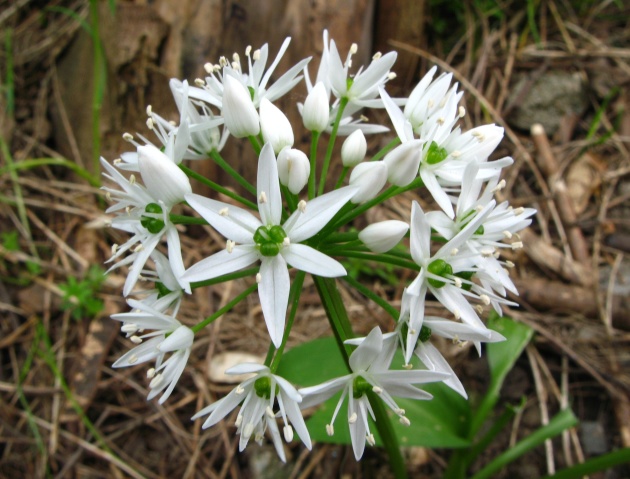
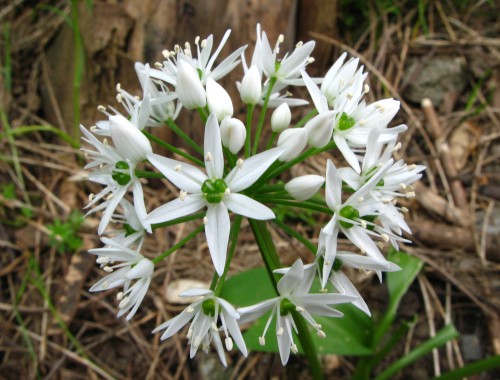
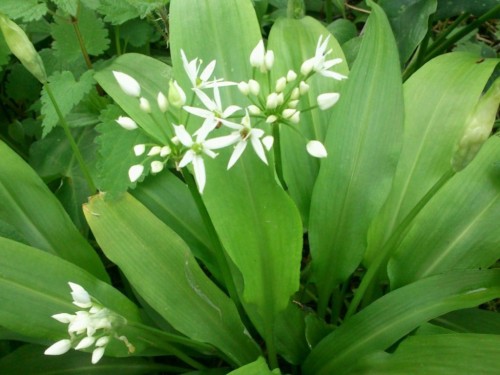
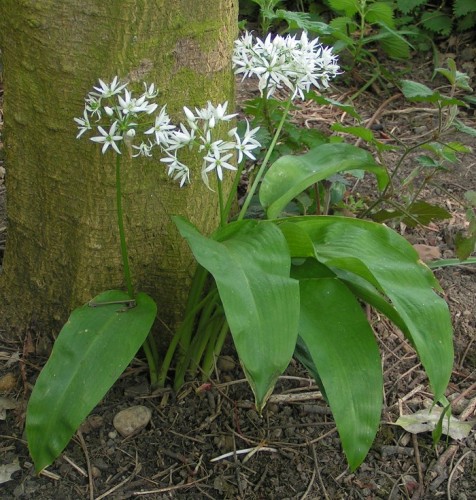
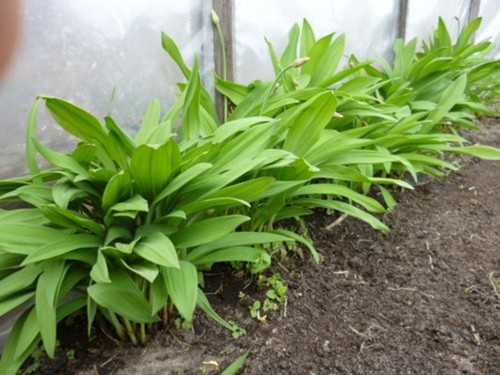
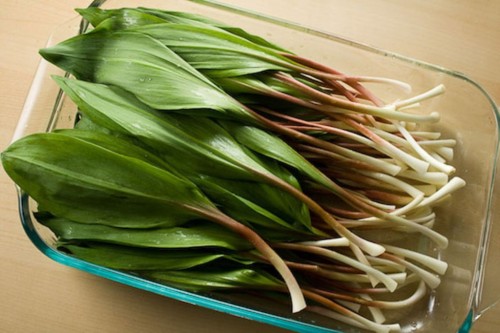
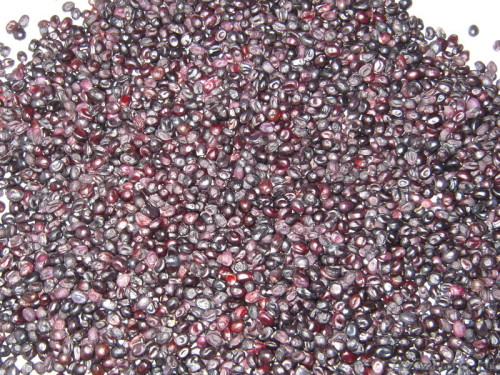
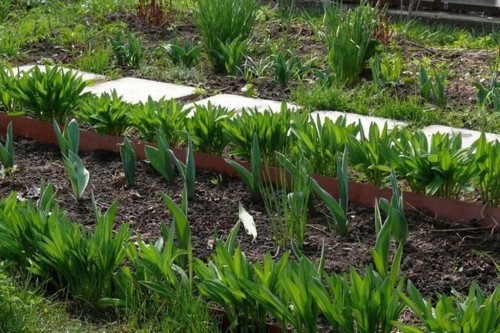
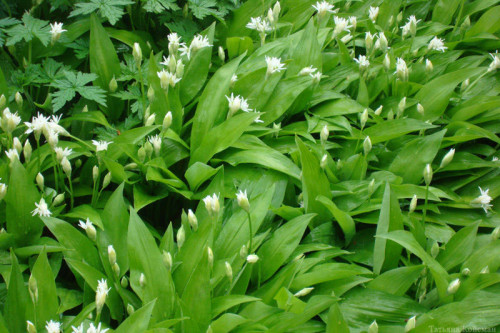
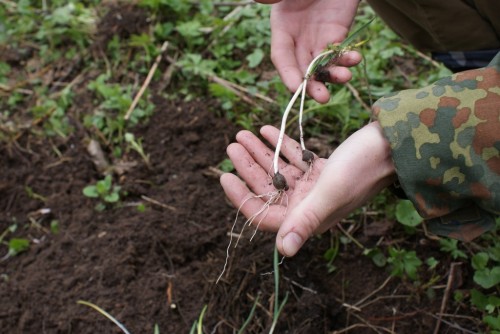












 Start a discussion ...
Start a discussion ...